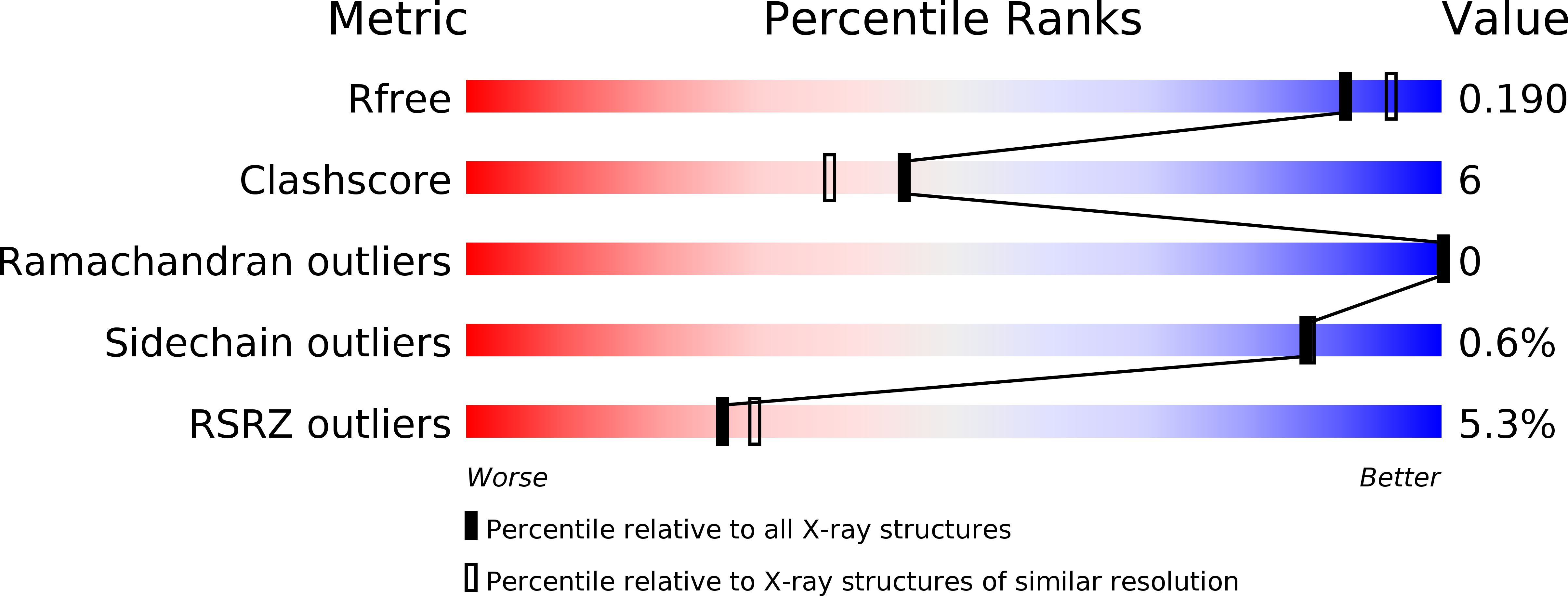
Deposition Date
2005-03-22
Release Date
2005-05-24
Last Version Date
2024-11-20
Entry Detail
PDB ID:
1Z6O
Keywords:
Title:
Crystal Structure of Trichoplusia ni secreted ferritin
Biological Source:
Source Organism:
Trichoplusia ni (Taxon ID: 7111)
Method Details:
Experimental Method:
Resolution:
1.91 Å
R-Value Free:
0.19
R-Value Work:
0.18
R-Value Observed:
0.18
Space Group:
C 1 2 1


